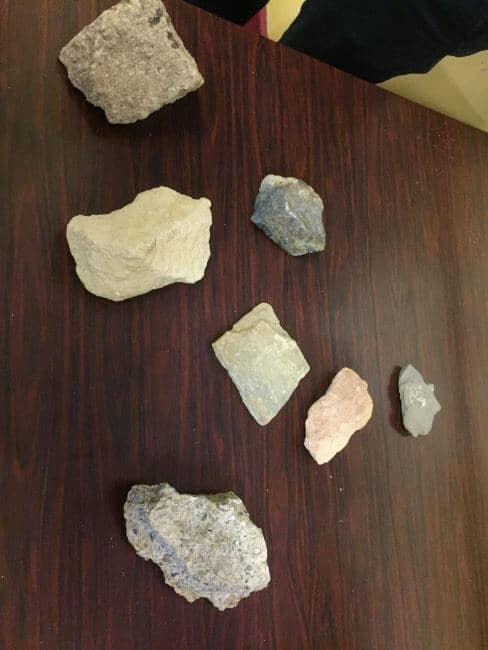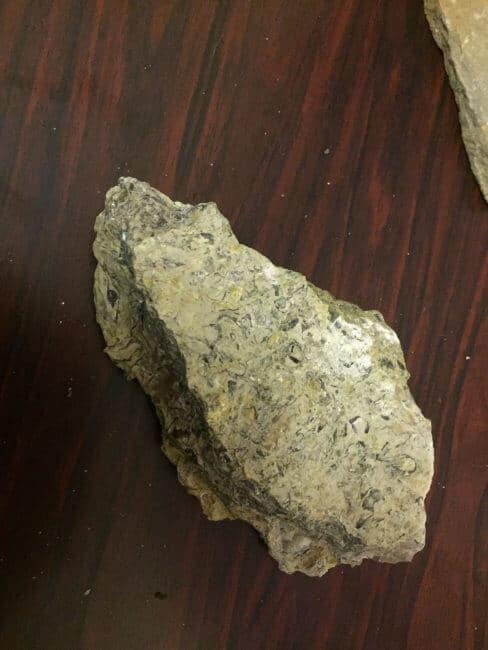March 2020 – Building Peterborough

Thursday night despite the fears over the Corona Virus the meeting was well attended once again. Our speaker for the evening was Doctor Colin Prosser the Principal Geologist for Natural England.
His subject was the building materials used in building the City and surrounding area.
The Buildings of Peterborough City and the surrounding villages until the late middle ages were constructed with materials excavated locally. Until 1845 when the railways arrived in Peterborough building materials were moved around by the waterways so local source building materials made economic sense When railways made the movement of goods around the country easier the building materials in City buildings became from more diverse areas of the country.
Construction materials found in the local area consisted of-
Oxford Clay found to the South and southwest of Peterborough and has been used for making bricks since pre-Roman times. The clay is formed from fine grain sedimentary rock from the Jurassic age. Many fossilise skeletons of prehistoric creatures have been excavated from the local clay pits. A few of the Peterborough brickyards are still in production today
Barnack stone or Oolitic Limestone, often called Barnack Ragstone, came from quarries in and around Barnack. Used extensively by the Romans and later for building the Cathedrals and churches around the Fens and some of the town of Stamford and early Peterborough were built using Barnack stone. The quarries operated until the Middle-ages and extraction stopped around 1460. Later Barnack stone buildings such as some of the Cambridges colleges were built using reclaimed Barnack stone.
Gravel, is found in deposits all around Peterborough, and deposits were laid down as the ice age retreated and the melting ice and water reduced the rock formations to gravel and left them as deposits in the resulting river beds. Gravel is used in concrete production.
Collywestern State, not a true slate, but a limestone with slate-like properties. Mined from the slate quarries around Collywestern to the west of Peterborough. Quarried from underground mines the slate is left to weather in frosts until it could be split into thin slates. Used extensively for roofing material from Roman times. Today the mines are largely abandoned as the extraction and production of the slate is expensive weather dependant and time-consuming.

A Little further from Peterborough there was Ketton stone. A stone from Jurassic oolitic limestone, cream to pale yellow or pink in colour which has been used as a building stone since the late medieval period. Used along with Barnack stone in many of the Stamford buildings. The village of Ketton lies within a narrow band of oolitic limestone which stretches from the Humber, down through the Cotswolds and into Somerset and Dorset, ending up at Portland on the South coast.
Finally a marble, a metamorphic Marble, found along the edge of the River Nene at Alwalton. Alwalton Marble is from the middle Jurassic age, brownish-grey marine limestone and made up of coarse fossilised oyster like shells. The limestone when dressed and polished take on a marble-like quality. Quarried mainly in the 12th and 13th century it was used for decoration in Lincoln Cathedral, Peterborough Cathedral, Ely Cathedral, Bury St Edmunds Cathedral, Southwell Minster and many local Parish churches and homes of the wealthy.

Colin gave us a comprehensive and fascinating insight unto, not only the different building stones and their properties found in our local area but also the building materials used in many of the older historic building in and around Peterborough.

Leave a Reply